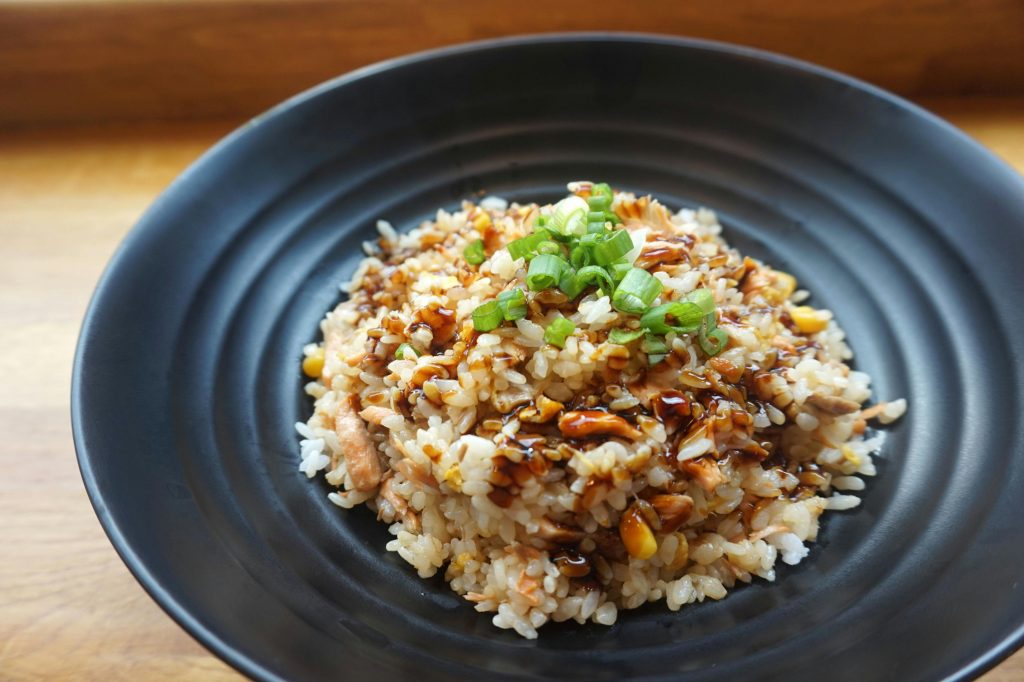In a world where refined grains often dominate our diets, brown rice stands out as a nutritional powerhouse. This whole grain is not just a staple in many cultures; it’s also a health booster that can significantly enhance your overall well-being.
Let’s delve into the myriad benefits of incorporating brown rice into your diet and why it deserves a spot on your plate.

What is Brown Rice?
Brown rice is whole grain rice with the inedible outer hull removed, but unlike white rice, it retains its bran and germ layers. These layers are packed with nutrients, making brown rice a more nutrient-dense option compared to its polished counterpart.
Nutritional Profile of Brown Rice
Brown rice is rich in:
- Fiber: Essential for digestive health.
- Vitamins: Particularly B vitamins like B1 (thiamine), B3 (niacin), and B6.
- Minerals: Including magnesium, phosphorus, and selenium.
- Antioxidants: Such as phenolic compounds.
Health Benefits of Brown Rice
Supports Digestive Health
Brown rice is high in dietary fiber, which promotes regular bowel movements and prevents constipation. A high-fiber diet can also reduce the risk of developing gastrointestinal disorders.
Aids in Weight Management
The fiber content in brown rice helps you feel full longer, which can curb overeating. Its lower glycemic index compared to white rice means it causes a slower, steadier rise in blood sugar levels, helping to manage weight and reduce the risk of type 2 diabetes.
Heart Health
The magnesium and selenium in brown rice are vital for heart health. Magnesium helps maintain normal blood pressure and heart rhythm, while selenium has antioxidant properties that protect heart tissues from damage.
Controls Blood Sugar Levels
Brown rice has a low glycemic index, which means it has a slower impact on blood sugar levels. This is beneficial for people with diabetes or those at risk of developing the condition. The fiber in brown rice also slows down the absorption of sugars, preventing spikes in blood sugar.
Boosts Immune System
Selenium in brown rice plays a crucial role in maintaining a healthy immune system. It helps reduce oxidative stress and inflammation, promoting better immune responses.
Rich in Antioxidants
Brown rice contains phenolic compounds, which have antioxidant properties. These antioxidants help combat free radicals in the body, reducing the risk of chronic diseases like cancer.
Improves Bone Health
The high magnesium content in brown rice is essential for bone health. Magnesium, along with calcium and vitamin D, helps maintain strong bones and reduces the risk of osteoporosis.
How to Incorporate Brown Rice into Your Diet
Incorporating brown rice into your diet is easy and versatile. Here are a few ideas:
- As a Side Dish: Replace white rice with brown rice in your favorite recipes.
- In Salads: Add cooked brown rice to salads for a hearty texture and extra nutrients.
- In Soups and Stews: Use brown rice to add bulk and nutrition to soups and stews.
- In Stir-Fries: Mix brown rice with vegetables, lean protein, and your favorite sauce for a quick and healthy meal.
Cooking Tips
To enhance the flavor and texture of brown rice:
Rinse the rice before cooking to remove excess starch.
Soak it for a few hours or overnight to reduce cooking time.
Cook it with a bit more water than white rice, as it takes longer to soften.
Last Thoughts..
Brown rice is a simple, nutritious, and delicious addition to any diet. Its rich nutritional profile and numerous health benefits make it a superior choice over refined grains. Whether you’re looking to improve your heart health, manage your weight, or boost your immune system, brown rice is a versatile and valuable food that can help you achieve your health goals. So, the next time you’re at the grocery store, consider picking up a bag of brown rice and start reaping its many benefits today.

